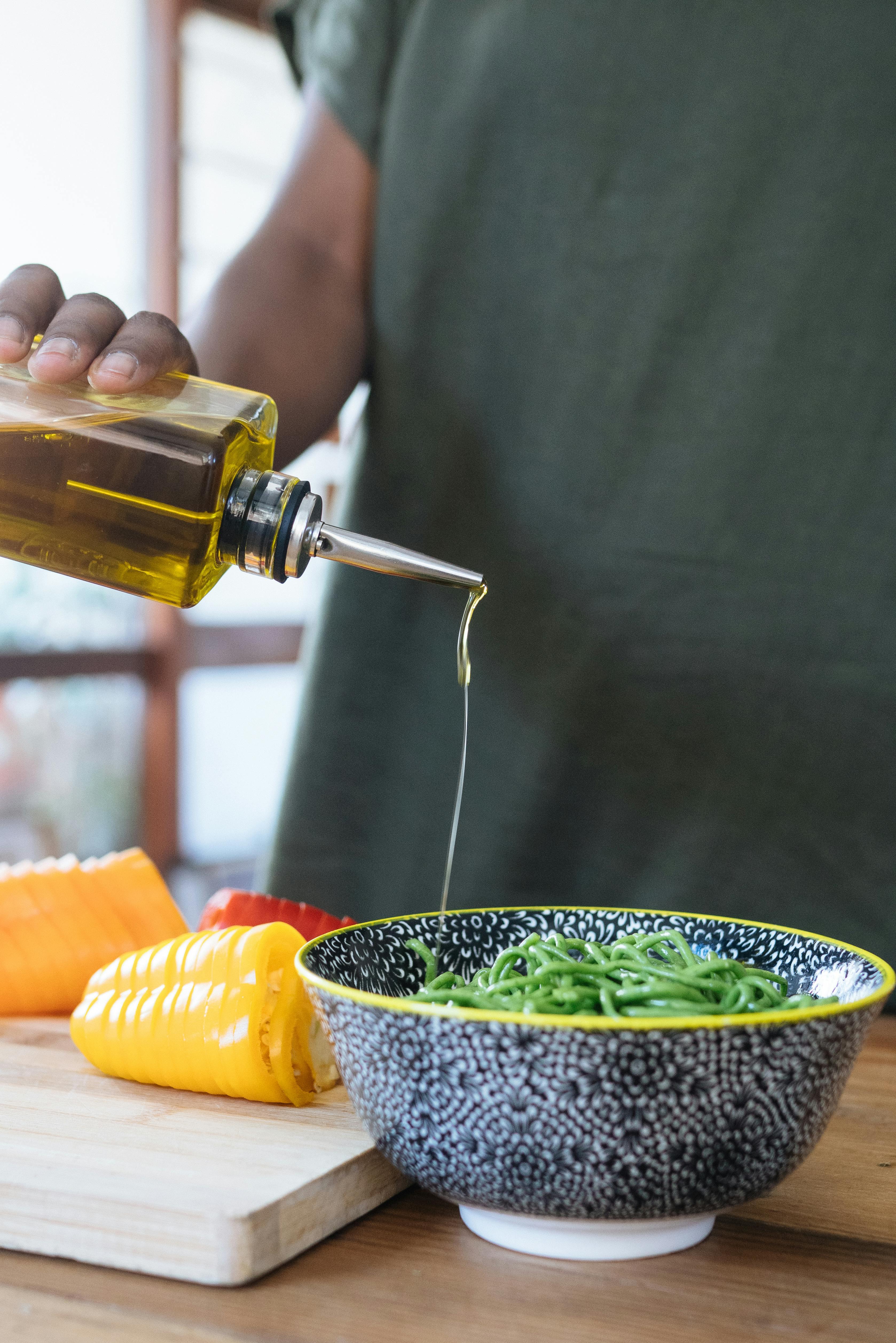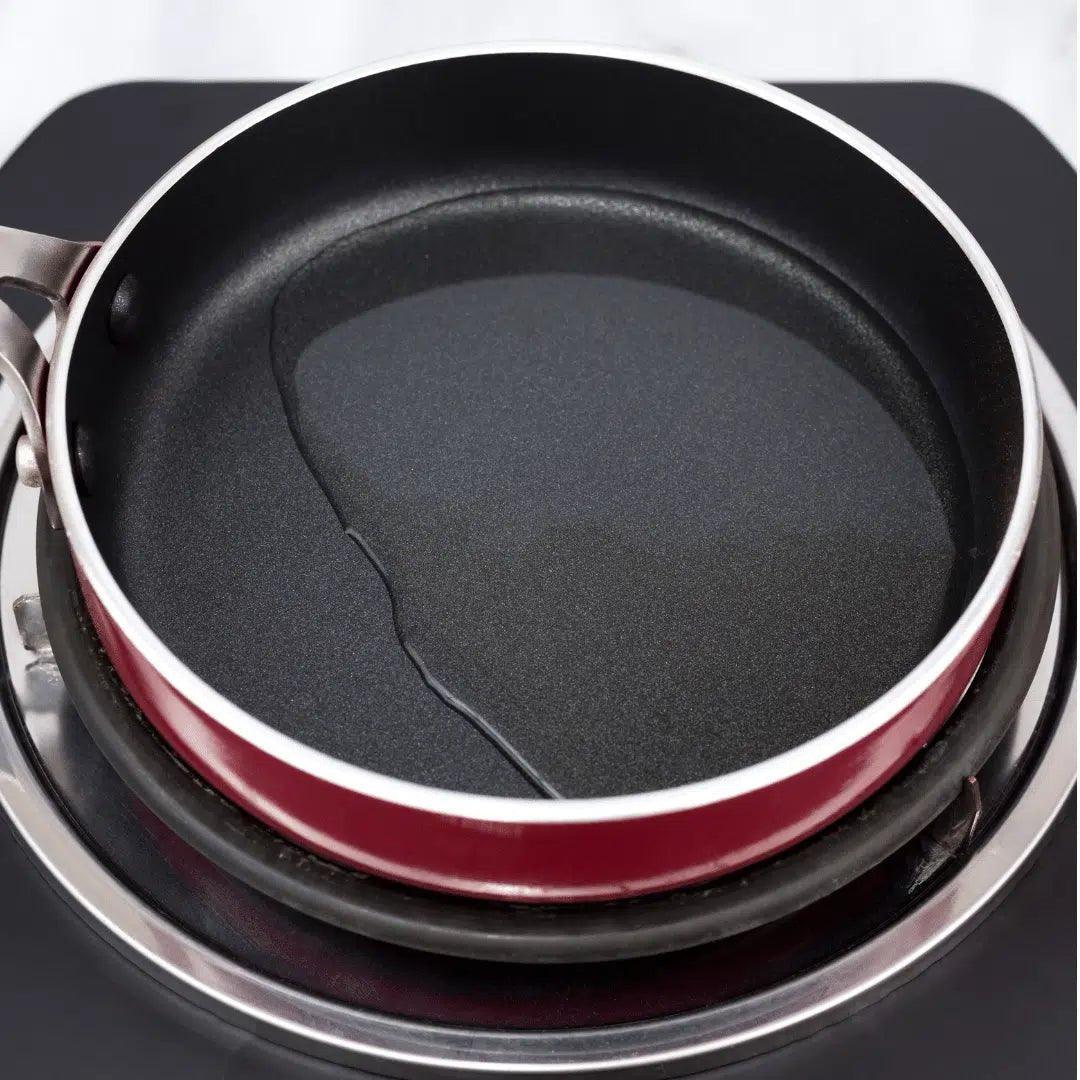Mastering Garlic in the Kitchen: Tips for Cooking Like a Pro Garlic, the humble little bulb with a big personality, has been a kitchen staple for centuries. It adds depth, aroma, and a hint of magic to countless dishes, from hearty stews to delicate sauces. If you want to elevate your culinary game, mastering the art of cooking with garlic is a must.
Here are some essential tips to make your garlic-infused creations truly shine.
1. Select Fresh Garlic: Start with quality ingredients. Look for bulbs that are firm, plump, and have unbroken skins. The fresher the garlic, the more flavorful it will be.
2. Peel with Ease: Peeling garlic can be a task, but there are tricks to make it easier. Place the flat side of a knife on a garlic clove and give it a gentle press to loosen the skin. It should then peel off more effortlessly.
3. Minimize Bitterness: The bitter green sprout in the center of garlic cloves can be harsh. Remove it by making a small incision and plucking it out. This simple step can significantly improve the taste of your dishes.
4. Control the Intensity: Garlic can range from mild to intense in flavor. If you want a milder taste, slice or chop the garlic. For a more intense flavor, mince or crush it. Adjust the size to suit your recipe.
5. Master the Sauté: Garlic is often used as the base of many dishes. To sauté it, use a good-quality olive oil or butter over low to medium heat. Cooking garlic too quickly can turn it bitter, so be patient and let it release its flavors gradually.
6. Timing Matters: Add garlic to your pan a minute or two before adding other ingredients, as it can quickly burn and become bitter. For example, when making a pasta sauce, add garlic just before the tomatoes to preserve its flavor.
7. Release Aroma: Garlic can go from raw to fragrant in a matter of seconds. When sautéing, wait until you can smell the aromatic fragrance before proceeding with your recipe. This ensures you've maximized its flavor.
8. Experiment with Varieties: Garlic comes in various varieties, each with its unique flavor profile. If you're a garlic enthusiast, try different types like softneck, hardneck, or black garlic to discover new dimensions of taste.
9. Roasting Magic: Roasting garlic in the oven or on the stovetop turns it sweet and caramelized. Spread a bulb with olive oil, wrap it in foil, and bake for a gourmet addition to your dishes.
10. Embrace Garlic Infused Olive Oil: For a convenient and flavorful twist, use garlic-infused olive oil like Tastefully Olive's offerings. It adds a rich garlic essence to your dishes with zero effort.
11. Store Properly: Keep your garlic in a cool, dark place with good ventilation. Avoid refrigeration, as it can encourage sprouting. Store individually wrapped cloves or whole bulbs in a mesh bag or basket.
12. Experiment and Enjoy: Garlic is incredibly versatile, so don't hesitate to experiment. It pairs wonderfully with a wide range of ingredients, from tomatoes and herbs to seafood and poultry.
The more you play with garlic, the more you'll appreciate its culinary magic. With these tips in your culinary toolkit, you're well on your way to mastering the art of cooking with garlic. Embrace its rich flavors, and let it infuse your dishes with aromatic excellence. Whether you're crafting a classic Italian pasta or a fragrant stir-fry, garlic will be your trusty companion on your gastronomic journey.
To learn more about the rich history and benefits of olive oil, check out these additional resources:
- Health Benefits of Olive Oil
- The Mediterranean Diet Guide
External Links:
- Harvard T.H. Chan School of Public Health: The Nutrition Source
- Healthline: 11 Proven Benefits of Olive Oil
These links provide valuable information and insights that can enhance your understanding and appreciation of olive oil's historical and contemporary significance.












